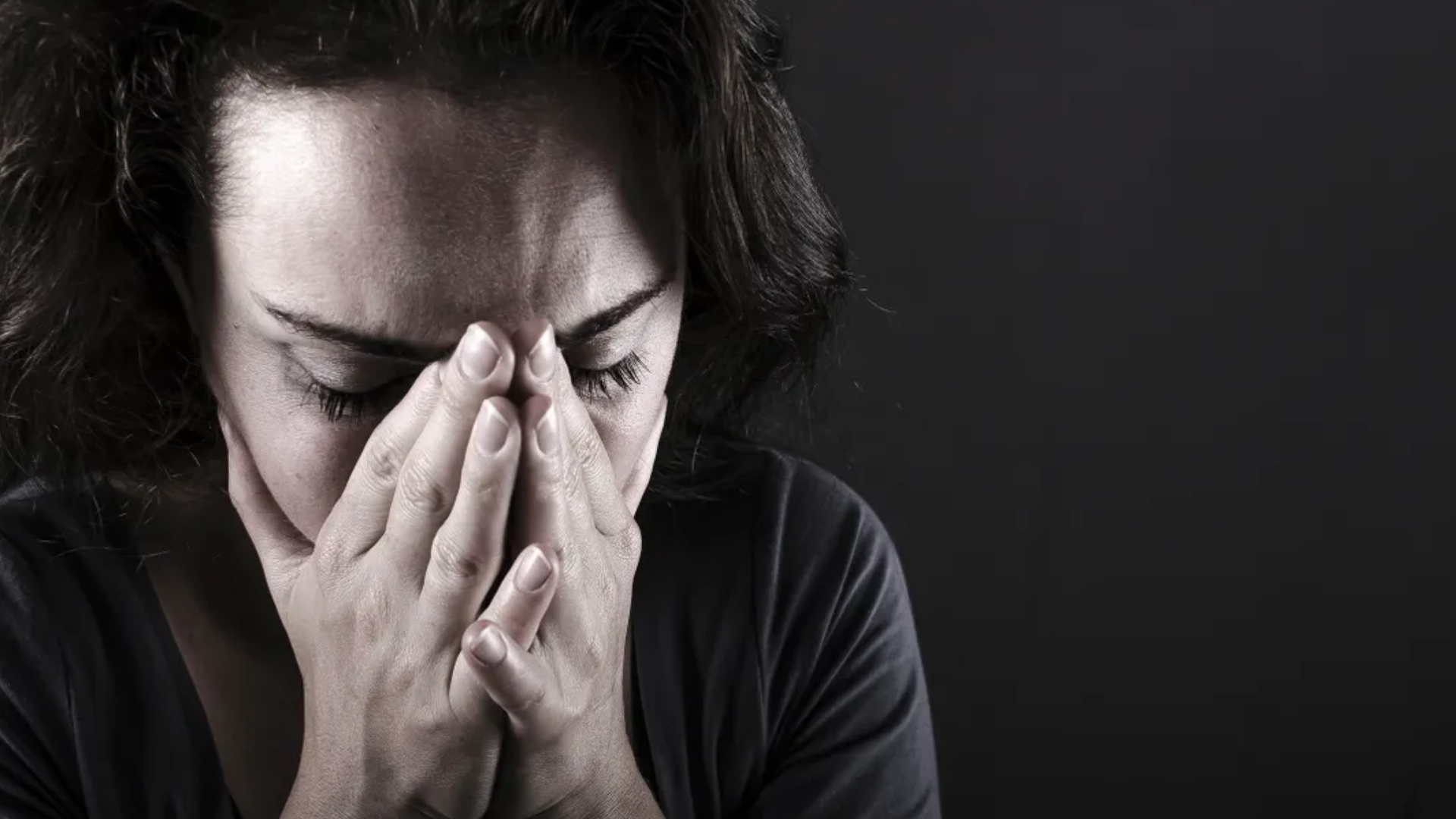Have a Chronic Migraine? Discover Triggers and Treatments.

What triggers a migraine or a chronic migraine (CM)? Understanding these triggers can help you manage and reduce migraine pain. By the end of this post, you'll learn effective ways to treat and lessen chronic migraine pain.
What Is a Chronic Migraine?
Let's start out by defining what a CM actually is. You know you have one if:
- You experience migraine headaches 15 or more days in a single month
- They occur over the course of three or more consecutive months
Caffeine, exposure to brightness, and lack of food or sleep, are just a few of the reported causes of a CM. Very often, the development of a CM in a person will be preceded by a series of migraines that can occur within weeks or months of each other.
So, how can you cure a chronic migraine? There is no one definitive answer to this question (at least not yet). How can you treat a chronic migraine? This is a question with lots of potential answers but no one universal answer for everyone. Your health care provider can guide you through some of the options available, but there are medication options and nonmedication options to lessen the pain.
Botox as a Treatment
One of the most talked about migraine treatments is Botox (also known as onabotulinumtoxin, or botulinum toxin type A). In 2010, the FDA officially approved it as a chronic migraine treatment.
Other medications may include:
- Abortive medicines. These medicines act on specific receptors in blood vessels in the head and can stop a headache in progress.
- Rescue medicines. These are medicines such as pain relievers that stop the headache.
- Preventive medicines. These medicines are taken daily to reduce the onset or frequency of severe migraine headaches.
What About the Nonmedication Route?
The simplest of all nonmedication suggestions is making small changes in one's own lifestyle. Doing things we know are naturally therapeutic, such as getting more sleep and exercise and staying on a more routine meal schedule, can help. These may lay the groundwork for a steady lessening of your CM. Just as simple a solution is to avoid things that typically cause migraines. These include:
- Caffeine
- Exposure to brightness
- Lack of food or sleep
- Stressful situations
- Strong odors
- Neck pain
- Smoking
Of course there is no way for us to avoid all these things entirely, but as long as we keep our exposure to a minimum, the impact of our migraines may be minimized as well.
Note: The content of this blog is for informational purposes only. It is not intended for use as diagnosis or treatment of a health problem or as a substitute for the professional consultation of a physician or qualified health care provider. If you have specific questions or concerns regarding a health or medical condition, contact your physician or a licensed health care professional.

